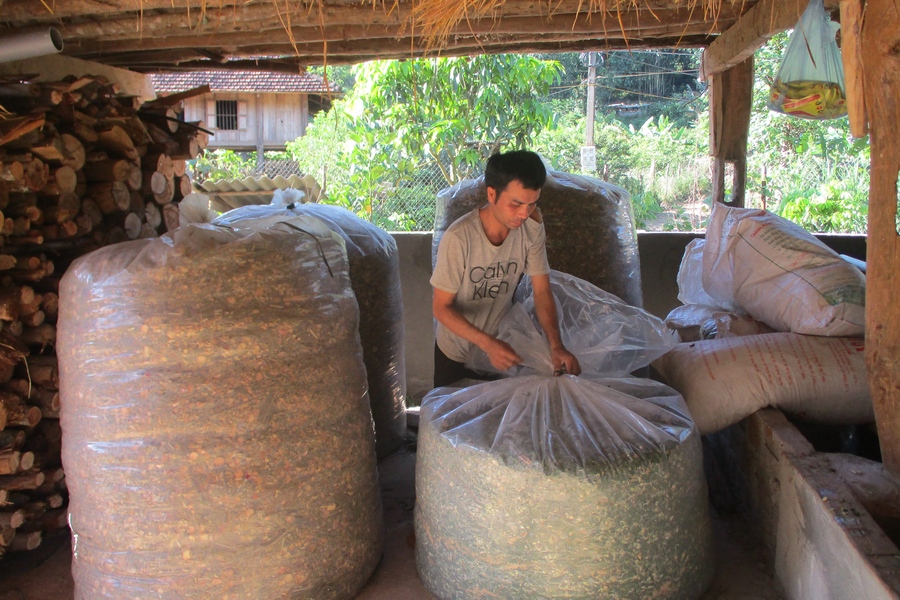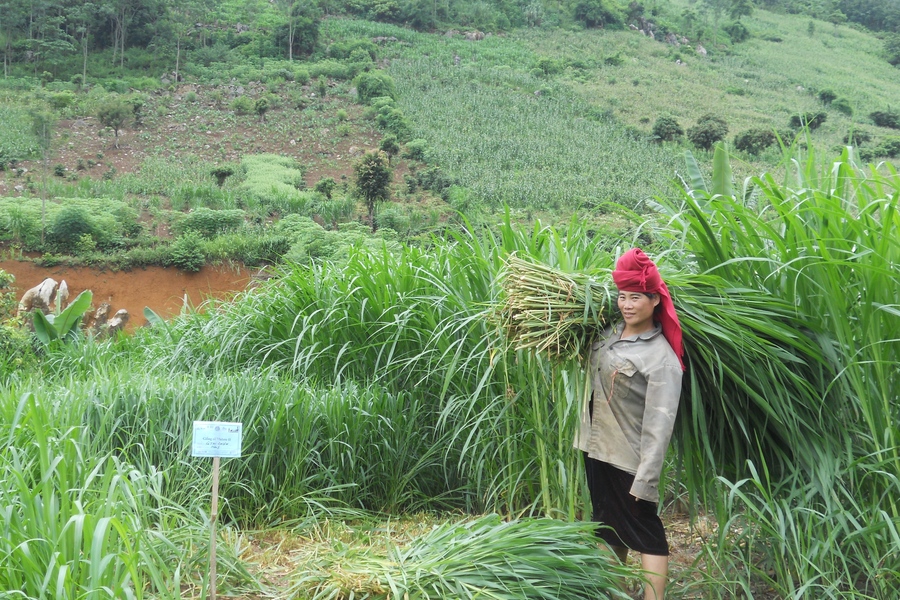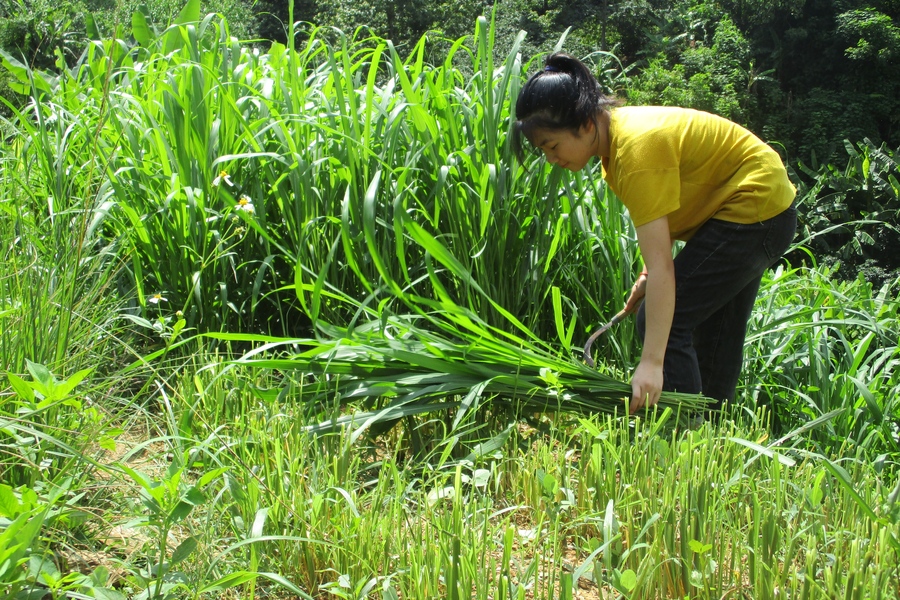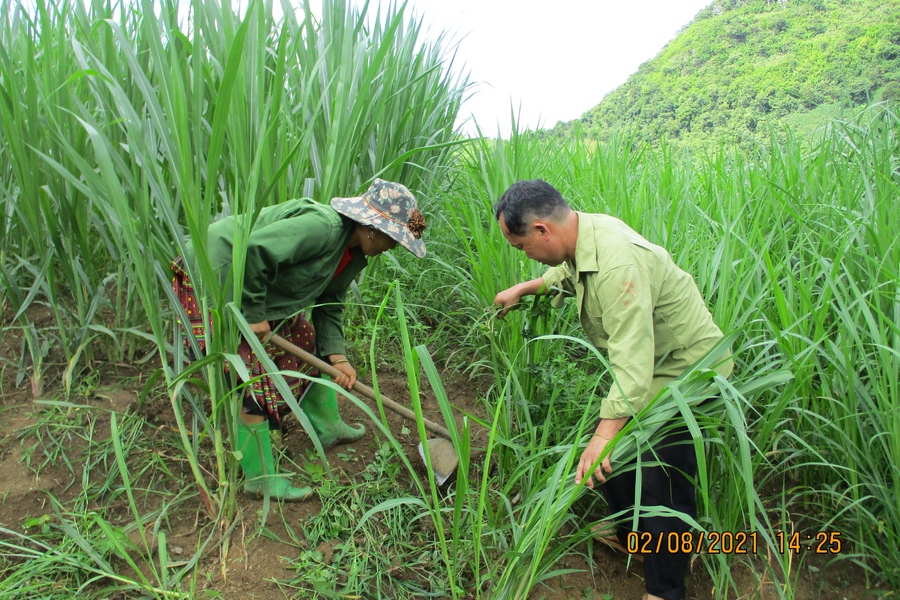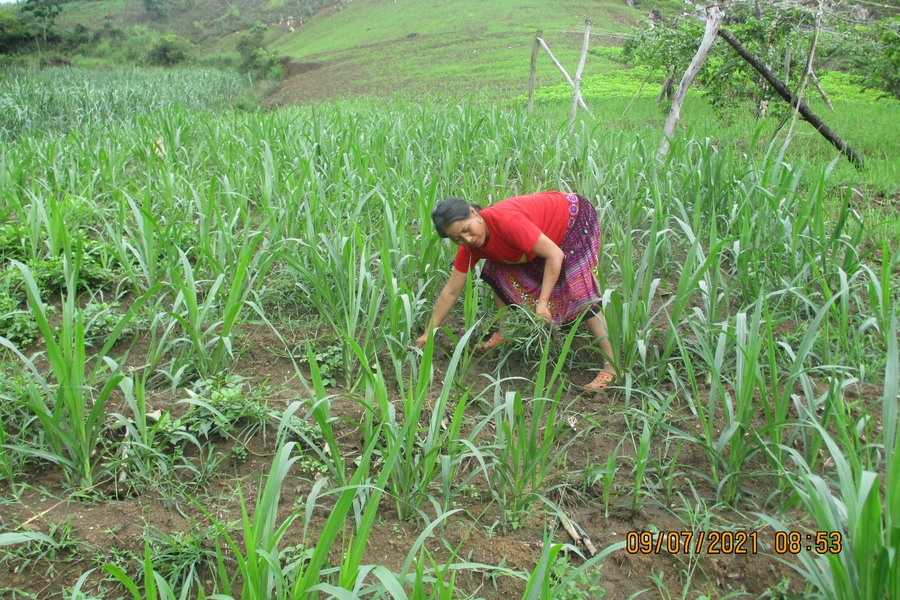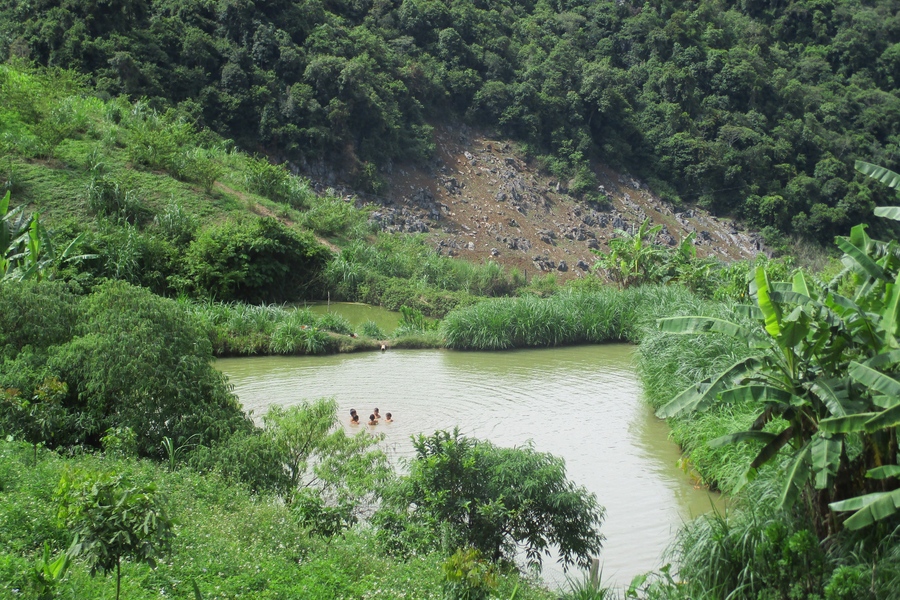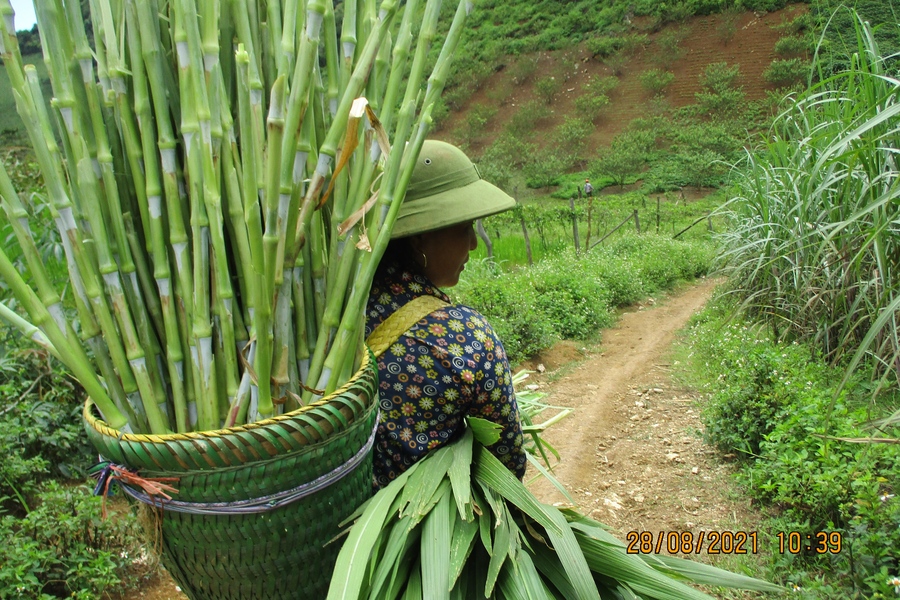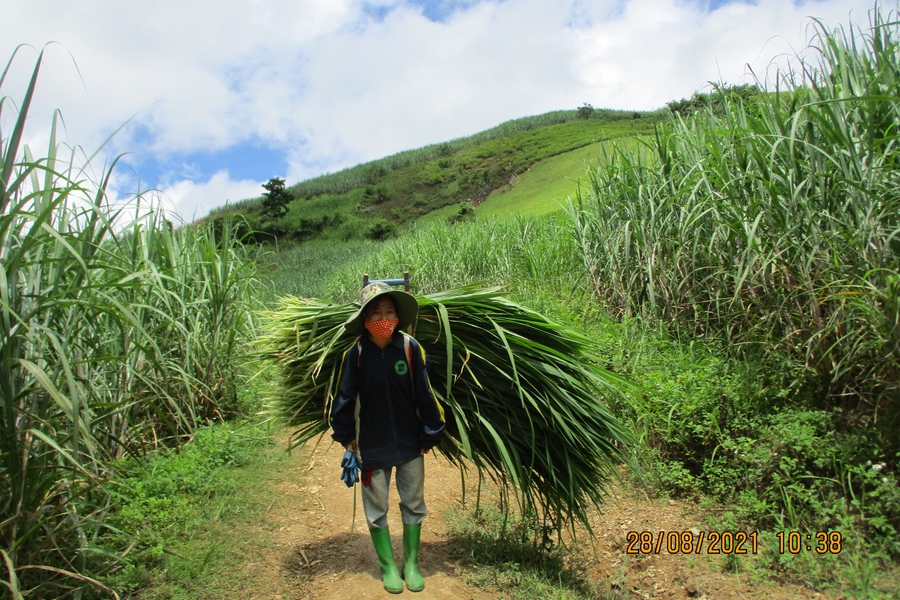Livestock Development from the Farmer’s Perspective
Li-chăn farmers from Mai Son District, Son La Province, share 68 stories and photos to show their reflections on livestock development. Using the “photovoice” method, farmers give their own views on the role of livestock in their lives and on the importance of selecting breeds, taking care of livestock health, growing forage, preparing feeds, composting livestock waste to improve the environment, Ban pig branding and establishing common interest groups.
1. Livestock genetics
Through five stories, Li-chăn farmers share how they have changed their breeding practices since they learned through the project about breed selection and artificial insemination for buffaloes, cattle and pigs.
2. Animal health
Farmers show how to address the issue of animal health through 15 stories covering animal health and biosecurity, capacity building of animal health professionals, diagnosis of diseases, outbreak investigations, data recording, vaccine and drug use, and demonstrations at farm level.
3. Feeds and forages
Li-chăn farmers tell, in 24 stories, how they participated in training on how to select improved forages well adapted to the local soils and climatic conditions and tested new varieties on their farms. Farmers also learned about feed preservation and use for better nutrition and higher productivity of their cattle, buffaloes and pigs.
4. Livestock and the environment
Livestock can make a strong impact on the environment. Eight stories document farmers’ learnings on soil fertility management, such as keeping permanent soil cover with crops or crop residues, and erosion control, like planting contour lines. The Li-chăn project also guided farmers on how to prepare and apply compost from animal manure and recycle biomass on their farms.
5. Livestock and livelihoods
New interest in markets and in collective action can change farmers’ livelihoods. Ten stories illustrate how farmers perceive the role of livestock in improving their lives and improving the opportunities for their families.
6. Livestock and culture
The cultural features of the Thai and Hmong people engaged in the Li-chăn project are key drivers in the decisions they take in livestock development. Six stories guide the audience through beliefs, values and mindsets of these ethnic groups via their livestock-keeping and livestock-caring practices.
